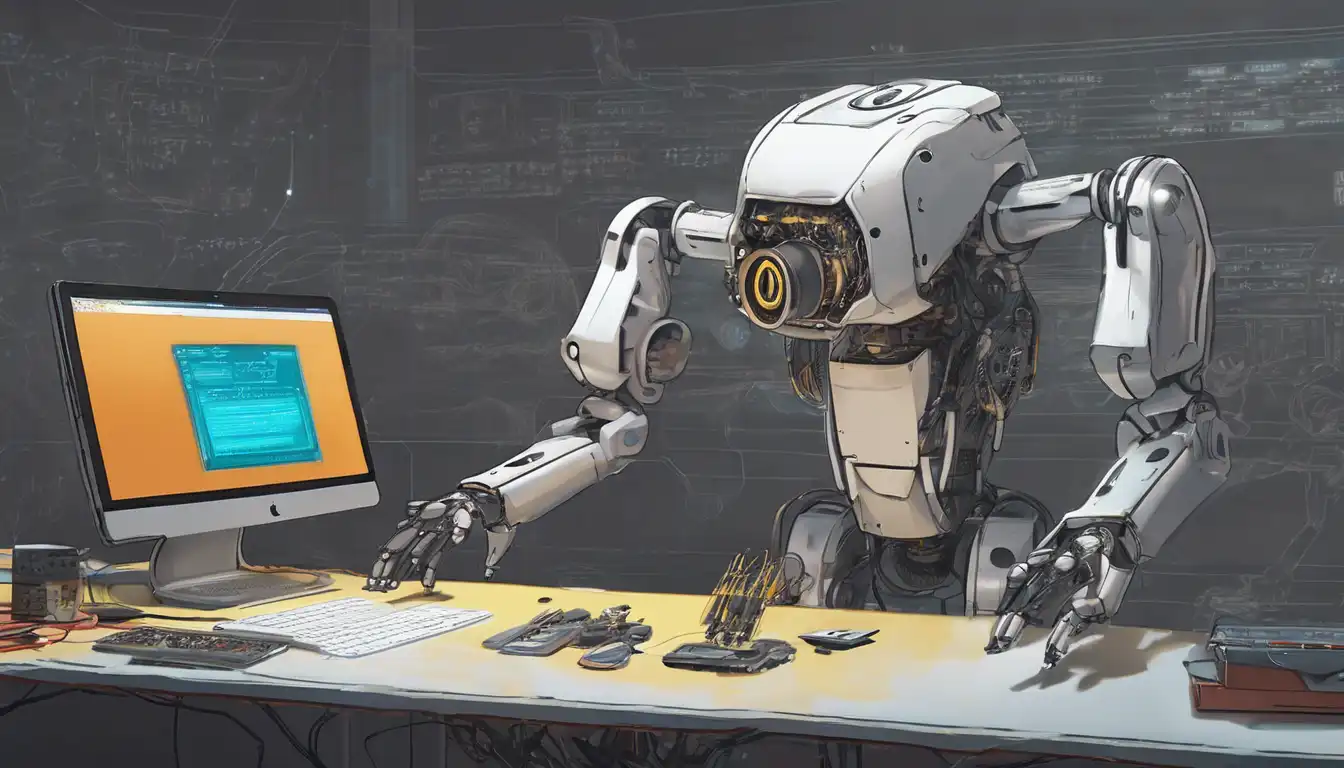Introduction to Robotics Programming
Robotics programming is an exciting field that combines the creativity of software development with the physical world of robots. Whether you're a hobbyist looking to build your first robot or a professional aiming to enhance your skills, understanding the basics of robotics programming is essential. This guide will walk you through the foundational steps to get started in this dynamic field.
Understanding Robotics and Programming
Before diving into robotics programming, it's important to grasp what robotics entails. Robotics is the branch of technology that deals with the design, construction, operation, and application of robots. Programming, on the other hand, is the process of creating instructions for computers or robots to execute. Combining these two fields allows you to bring robots to life, enabling them to perform tasks autonomously or semi-autonomously.
Choosing the Right Programming Language
Several programming languages are popular in robotics, each with its own strengths. Python is renowned for its simplicity and readability, making it a great choice for beginners. C++ offers performance benefits for more complex robotics applications. Other languages like Java and ROS (Robot Operating System) are also widely used in the robotics community. Selecting the right language depends on your project's requirements and your personal or team's expertise.
Essential Tools and Software
To start programming robots, you'll need access to certain tools and software. Integrated Development Environments (IDEs) such as Arduino IDE for microcontroller projects or PyCharm for Python development can streamline your coding process. Simulation tools like Gazebo allow you to test your robots in virtual environments before physical deployment. Additionally, understanding how to use version control systems like Git is crucial for collaborative projects.
Building Your First Robot
Starting with a simple project is key to learning robotics programming. A line-following robot or a basic robotic arm can be great first projects. These projects help you understand the interplay between hardware components like sensors and actuators, and the software that controls them. Resources and kits are available online to guide you through these initial steps, making the learning process more accessible.
Joining the Robotics Community
The robotics community is a vibrant and supportive space for learners and experts alike. Participating in forums, attending workshops, and contributing to open-source projects can accelerate your learning. Websites like Robotics.org offer a wealth of resources and networking opportunities for aspiring roboticists.
Conclusion
Robotics programming is a rewarding skill that opens up a world of possibilities. By starting with the basics, choosing the right tools, and engaging with the community, you can embark on a successful journey in robotics. Remember, the key to mastery is continuous learning and experimentation. Welcome to the exciting world of robotics programming!
